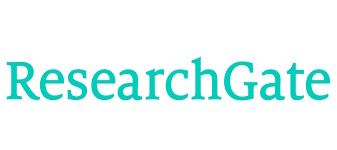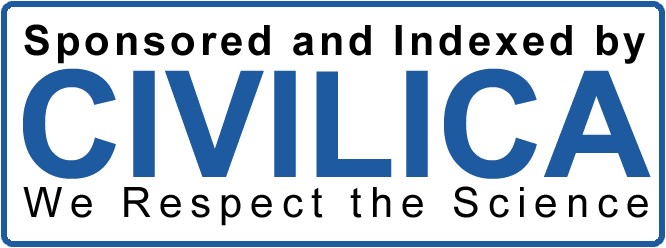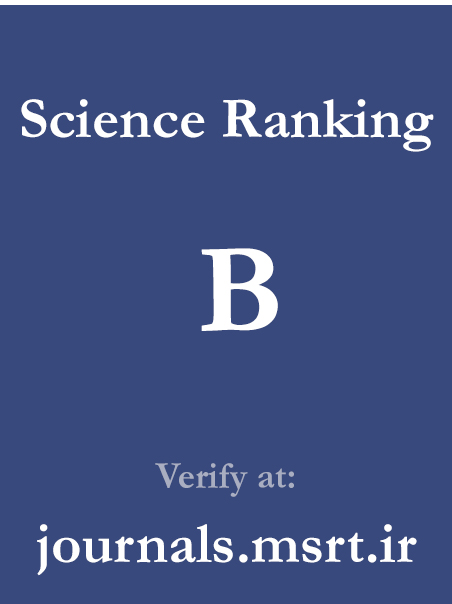Adjustment of Capital Structure Theories Using Managerial, Governmental, and Institutional Ownership in Presenting a New Model of Managed and Unmanaged Performance
Keywords:
Adjustment of modern capital structure theory, managerial ownership, governmental ownership, institutional ownership, earnings managementAbstract
This study examines the role of earnings management in the relationship between managed and unmanaged performance, ownership structure, and capital structure. Earnings management is divided into discretionary and non-discretionary accruals in order to test classical theories of capital structure. If earnings management is absent, all influencing factors on the dependent variable become significant at the 5% level, and thus, no adjustment in the theories of capital structure and ownership structure occurs. Otherwise, theory adjustment takes place. Therefore, the main objective of this research is to adjust capital structure theories by incorporating managerial ownership, governmental ownership, and institutional ownership with regard to managed and unmanaged performance. The final statistical sample of this study consists of 173 companies listed on the Tehran Stock Exchange and the Iran Fara Bourse (IFB). The general findings are categorized into two groups: companies with low dependence on managerial ownership—i.e., companies with weak managerial ownership—and those with high dependence on managerial ownership—i.e., companies with strong managerial ownership. The results are as follows: a) Companies with weak managerial ownership: In such companies, managers, through their discretionary performance, present higher levels of managerial ownership, firm age, and paid taxes, while reporting lower levels of firm size, leverage, and risk. b) Companies with strong managerial ownership: In these companies, managers use their discretionary performance to engage in opportunistic earnings management by inflating size, taxes, age, and governmental ownership, while concealing the tangibility of assets and ownership concentration. Accordingly, this study reveals that in Iranian firms with weak managerial and governmental ownership, managers use discretionary performance to manipulate capital structure for opportunistic earnings management.
Downloads
References
Dadbeh, F., & Mirzaei Goudarzi, Z. (2021). The impact of CEO role duality on the relationship between geographic diversification and firm performance. Accounting and Management Perspective, 4(39), 39-52. https://www.jamv.ir/article_130212.html
Haji Khan Mirzaei, M., & Tohidloo, M. (2021). Investigating key factors influencing capital structure decisions in companies listed on the Tehran Stock Exchange. Proceedings of the Fourth National Conference on Accounting Management and Industrial Engineering, https://civilica.com/doc/1217473/
Hamidian, M., Hoseini Valashkayi, S. M., & Abbasi, A. (2020). The relationship between capital structure and managerial ownership with the performance of companies listed on the Tehran Stock Exchange. Accounting and Auditing Studies, 9(33), 75-92. https://www.iaaaas.com/article_107635.html
Mehrani, S., Karami, G., Moradi, M., & Hadi, E. (2010). Examining the relationship between institutional investors and the quality of financial reporting. Advances in Accounting, Shiraz University, 1, 249-261. https://jaa.shirazu.ac.ir/article_3437.html
Mohaghegh Kia, N. (2021). Examining the impact of market power and product market competition on the relationship between corporate governance and earnings management. Accounting and Management Perspective, 4(39), 65-82. https://ensani.ir/fa/article/453574/
Montaseri, M., Nilchi, M., & Farid, D. (2021). The relationship between income diversification, capital structure, and profitability. Experimental Accounting Research, 11(42), 169-186. https://jera.alzahra.ac.ir/article_5879.html
Moradzadeh, F., Nazemi Ardakani, M., Gholami, R., & Hojjatollah, F. (2009). Examining the relationship between institutional ownership and earnings management in companies listed on the Tehran Stock Exchange. Quarterly Journal of Accounting and Auditing Studies, 2, 55-85. https://ensani.ir/fa/article/14401/
Najafi, N., & Tootian Isfahani, S. (2020). The impact of proactive and defensive strategies on financial distress in companies listed on the Tehran Stock Exchange. Business Management Quarterly, 45(2), 335-351. https://journals.iau.ir/article_673308.html
Namazi, M., & Ebrahimi, S. (2013). Examining the impact of ownership structure and board composition on the technical efficiency of companies listed on the Tehran Stock Exchange. Accounting Knowledge Journal, 4(12), 35-57. https://ensani.ir/fa/article/317029/
Namazi, M., & Mohammad Monfared, M. (2011). Examining the impact of operational limits on board structure (Case study: Companies listed on the Tehran Stock Exchange). Accounting Knowledge Journal, 2(7), 7-25. https://ensani.ir/fa/article/300822/
Rafizadeh, M., Kordlouei, H. R., Hashemi Gahr, M., & Shahvardi, S. (2023). The threshold effects of managerial ownership on capital structure and dividend policy in companies listed on the stock exchange. Financial Engineering and Securities Management, 14(54). https://journals.iau.ir/article_693737.html
Rajput, N., Das, G., Shivam, K., Kumar Nayak, C., Gaurav, K., & Nagpal, P. (2023). An inclusive systematic investigation of human resource management practice in harnessing human capital. Materials Today: Proceedings, 80, 3686-3690. https://doi.org/10.1016/j.matpr.2021.07.362
Roshan, M., & Khodarahmi, S. (2024). Measuring Credit Risk and Capital Adequacy Considering the Size and Ownership Structure of Listed Banks in Iran Based on the Generalized Method of Moments (GMM) Panel Model. Management Accounting and Auditing Knowledge, 14(54), 313-329. https://www.jmaak.ir/article_23582.html
Sajadi, Z., Pariyad, A., & Balani, A. (2022). The impact of board characteristics on the relationship between ownership structure and earnings classification changes. Accounting Knowledge Journal, 13(1), 167-184. https://www.sid.ir/fa/Journal/ViewPaper.aspx?ID=590704
Wang, C. (2023). Ownership Structure and Capital Structure: Moderating Effect of Product Market Maturity. Sage Open, 13(4). https://doi.org/10.1177/21582440231218787
Yeganeh, Y., Hassas, M., Moradi, M., & Eskandari, H. (2008). Investigating the relationship between institutional investors and firm value. Accounting and Auditing Studies, 15(52), 107-122. https://acctgrev.ut.ac.ir/article_27258.html
Downloads
Published
Submitted
Revised
Accepted
Issue
Section
License
Copyright (c) 2025 Ali Basati (Author); Emad Rezaei (Corresponding author); KKaveh Azinfar, Hamidreza Aholamnia Roshan (Author)

This work is licensed under a Creative Commons Attribution-NonCommercial 4.0 International License.







